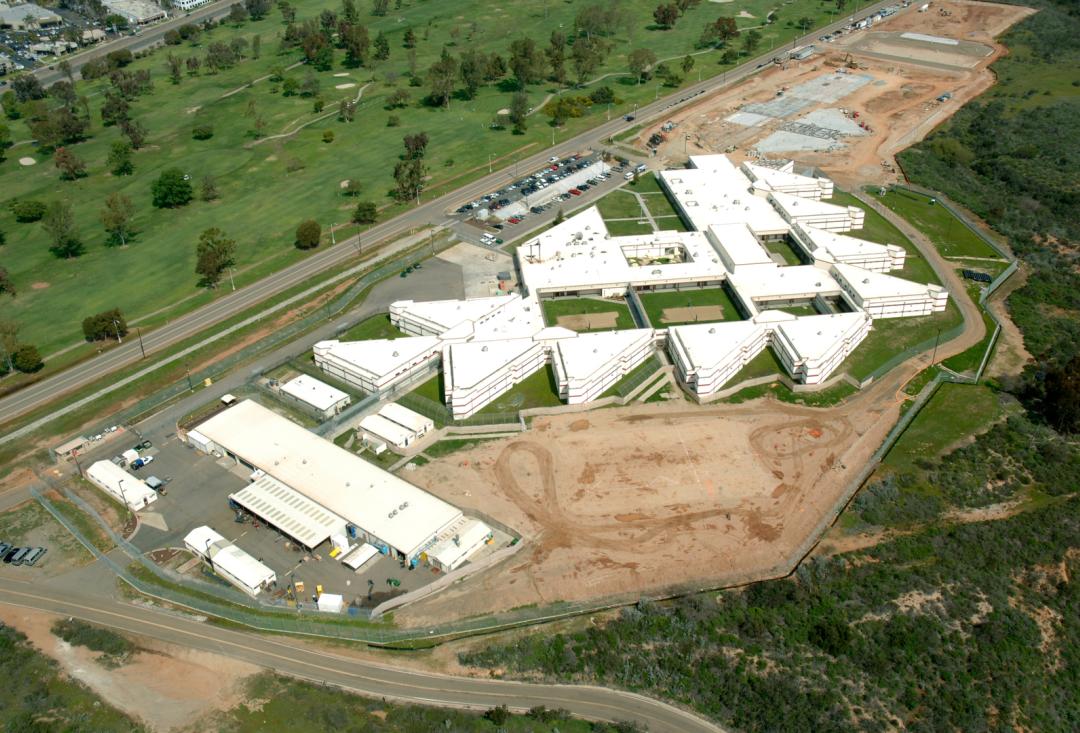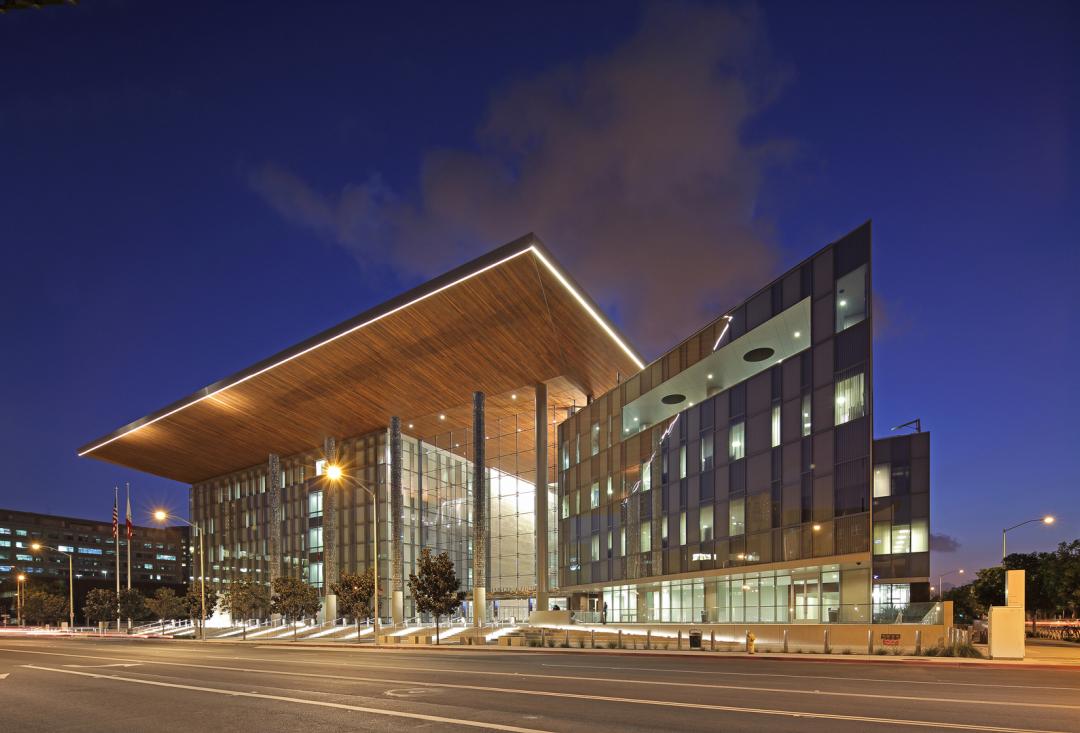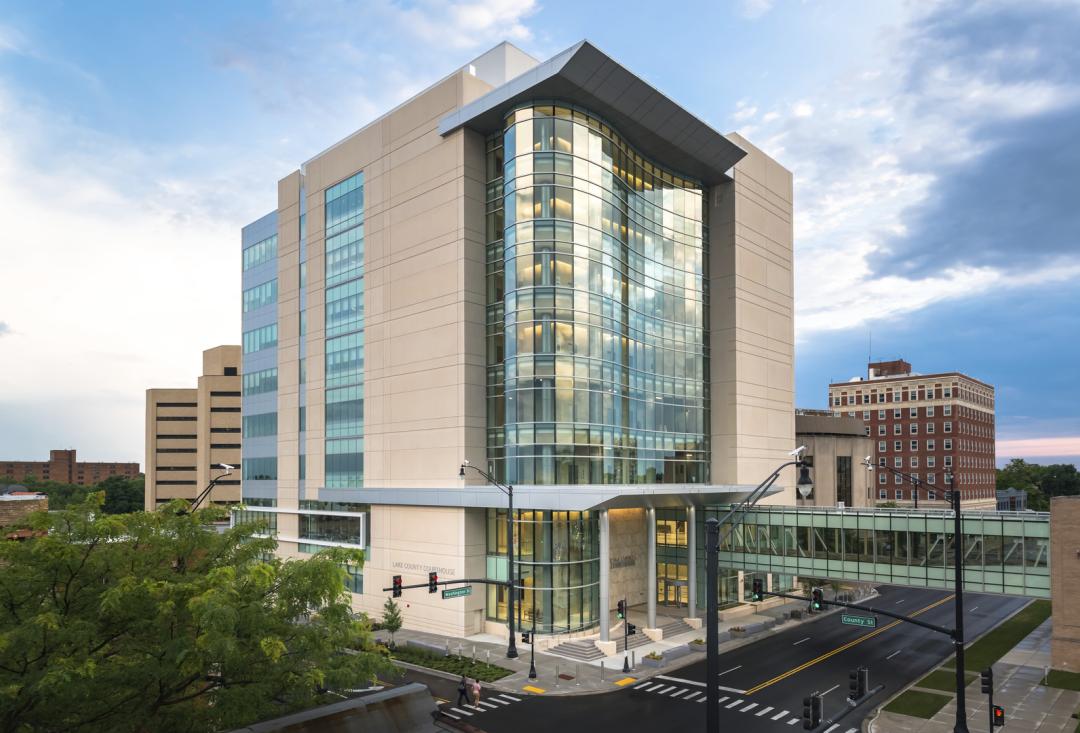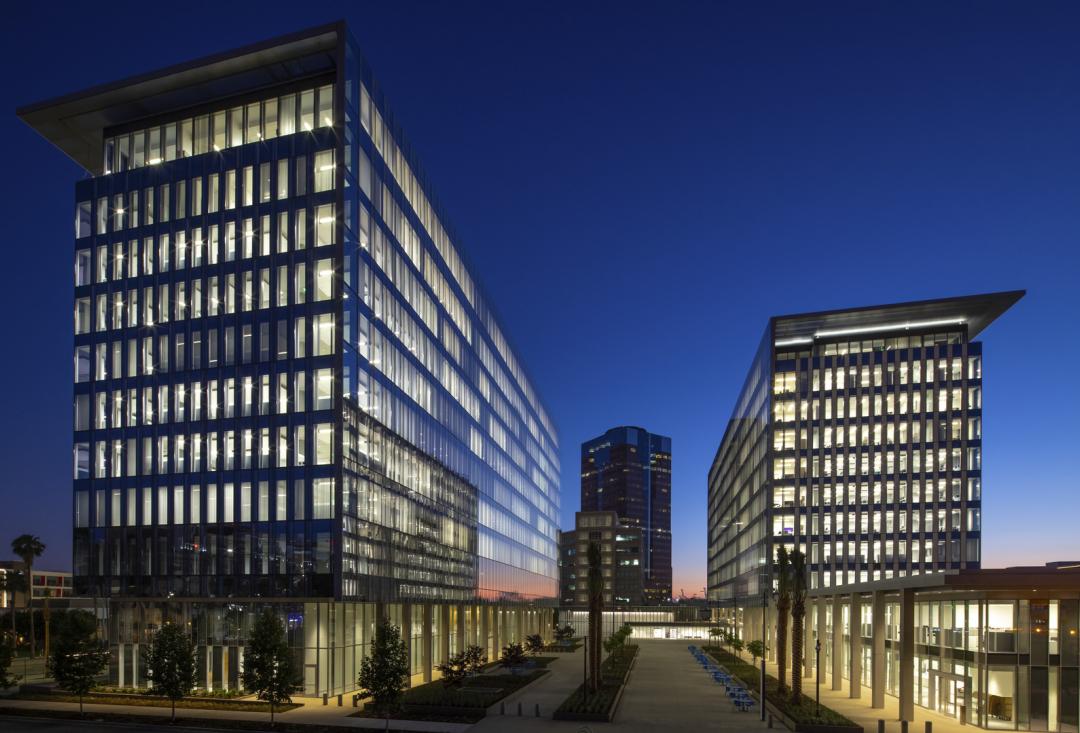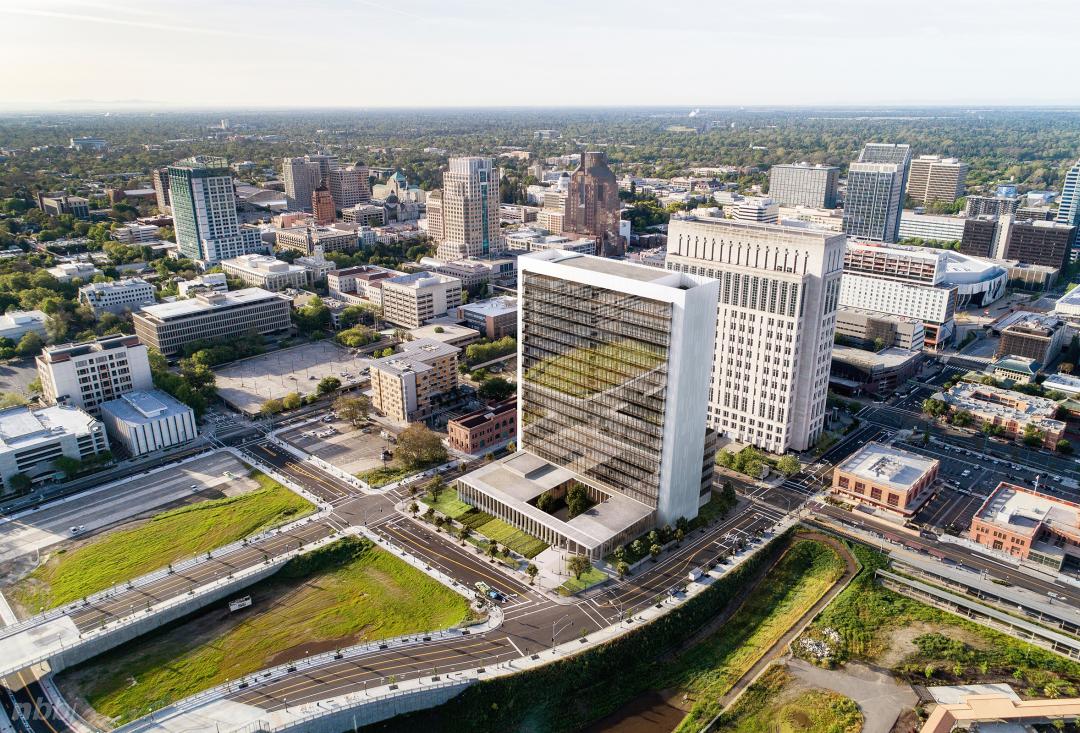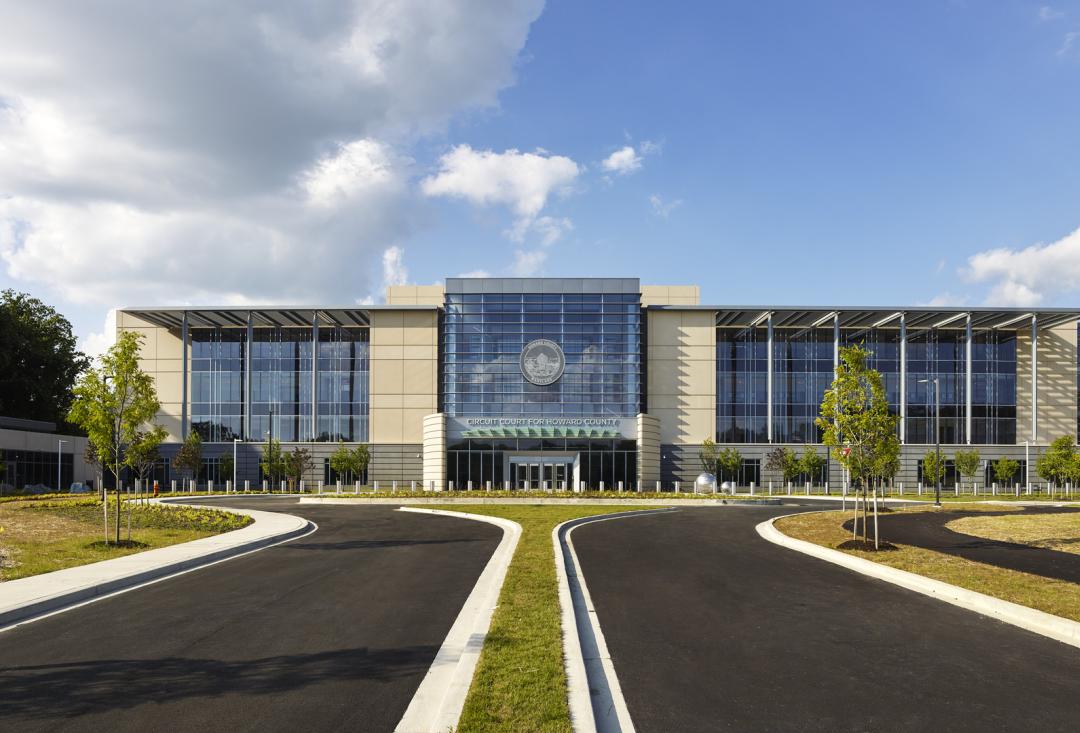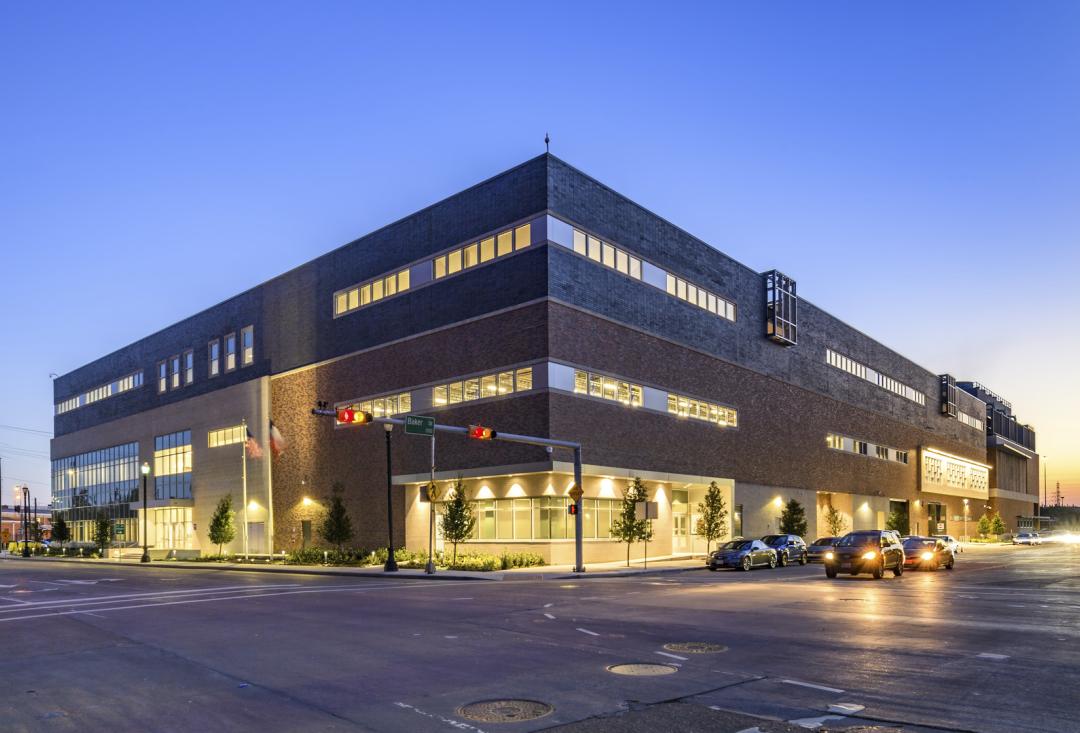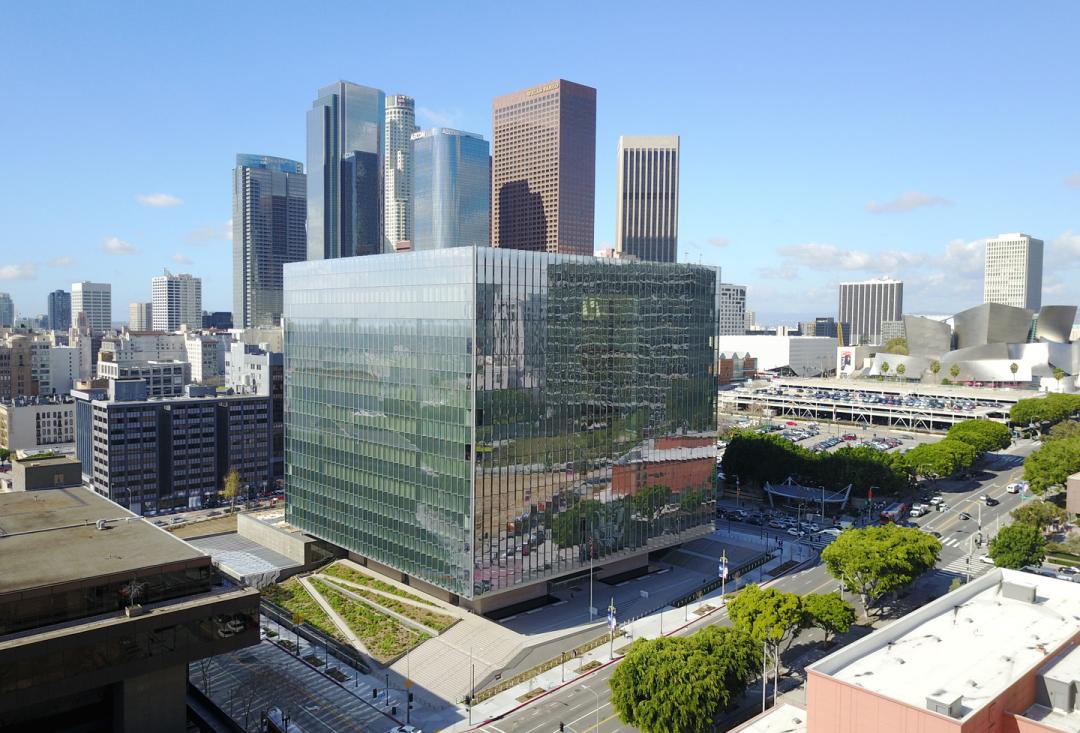Client
County of Los Angeles
Designer
AC Martin & Partners
Location
Los Angeles, California
Size
335,000 Square Feet
Completion Date
2014
Delivery Method
Design-Build
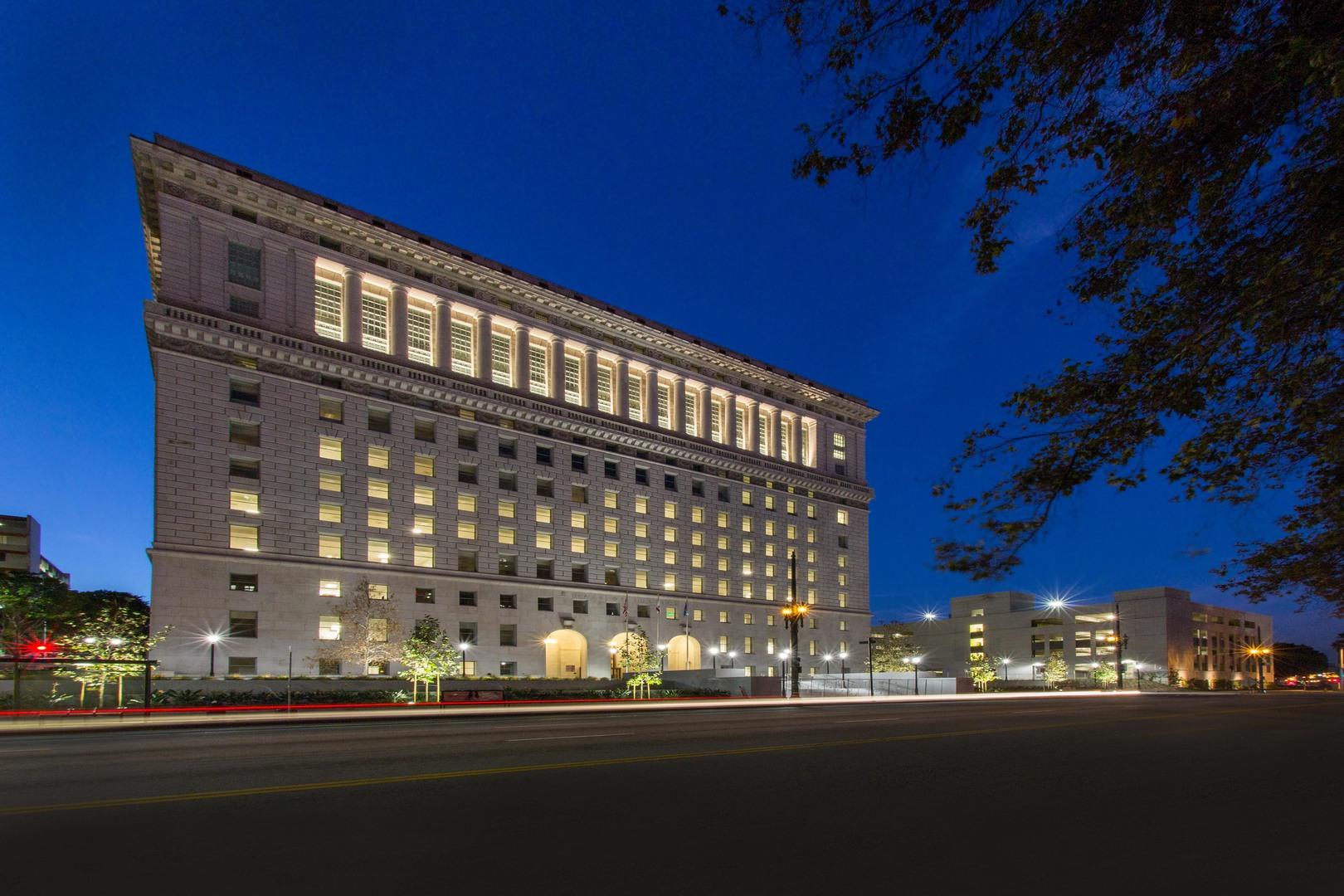
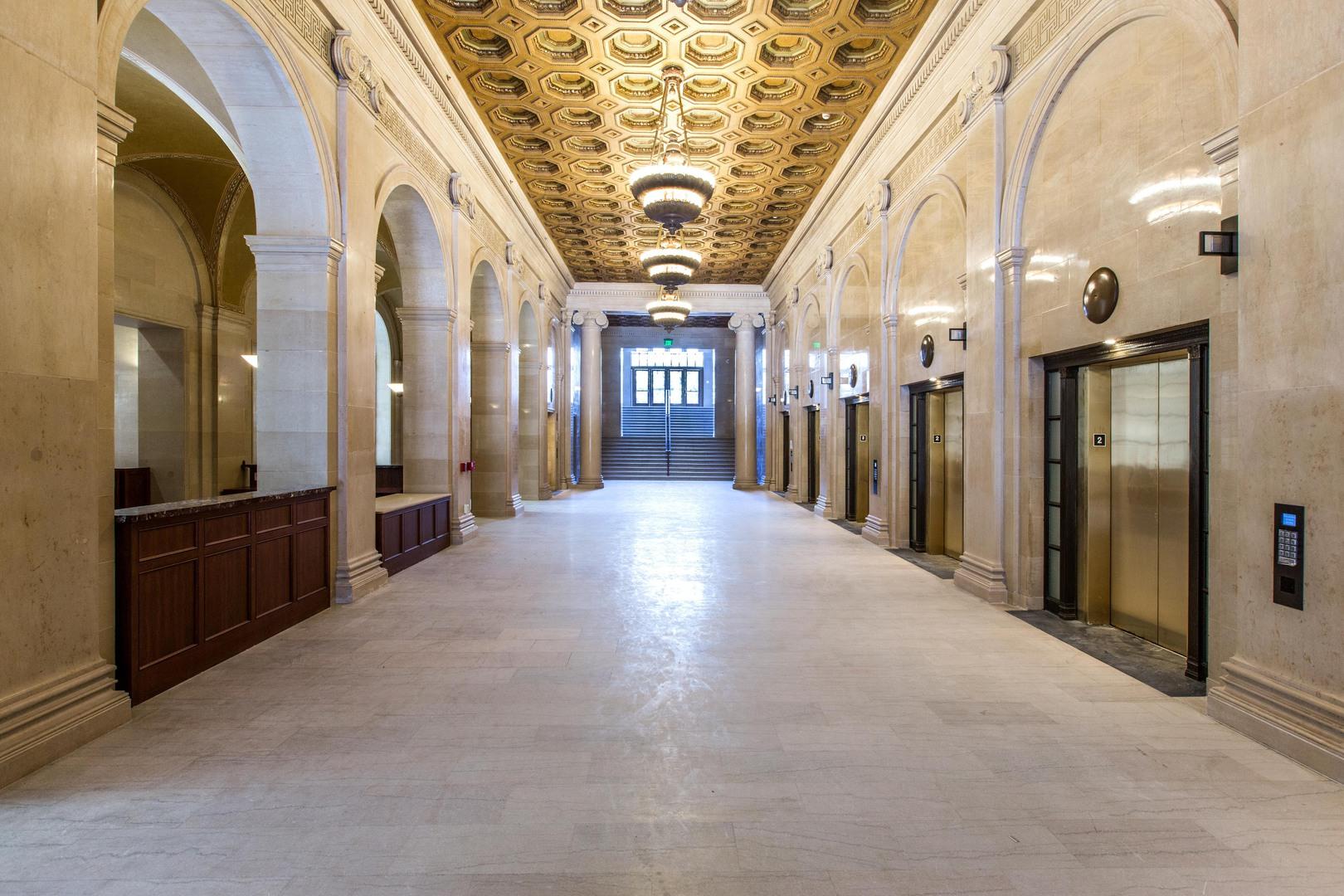
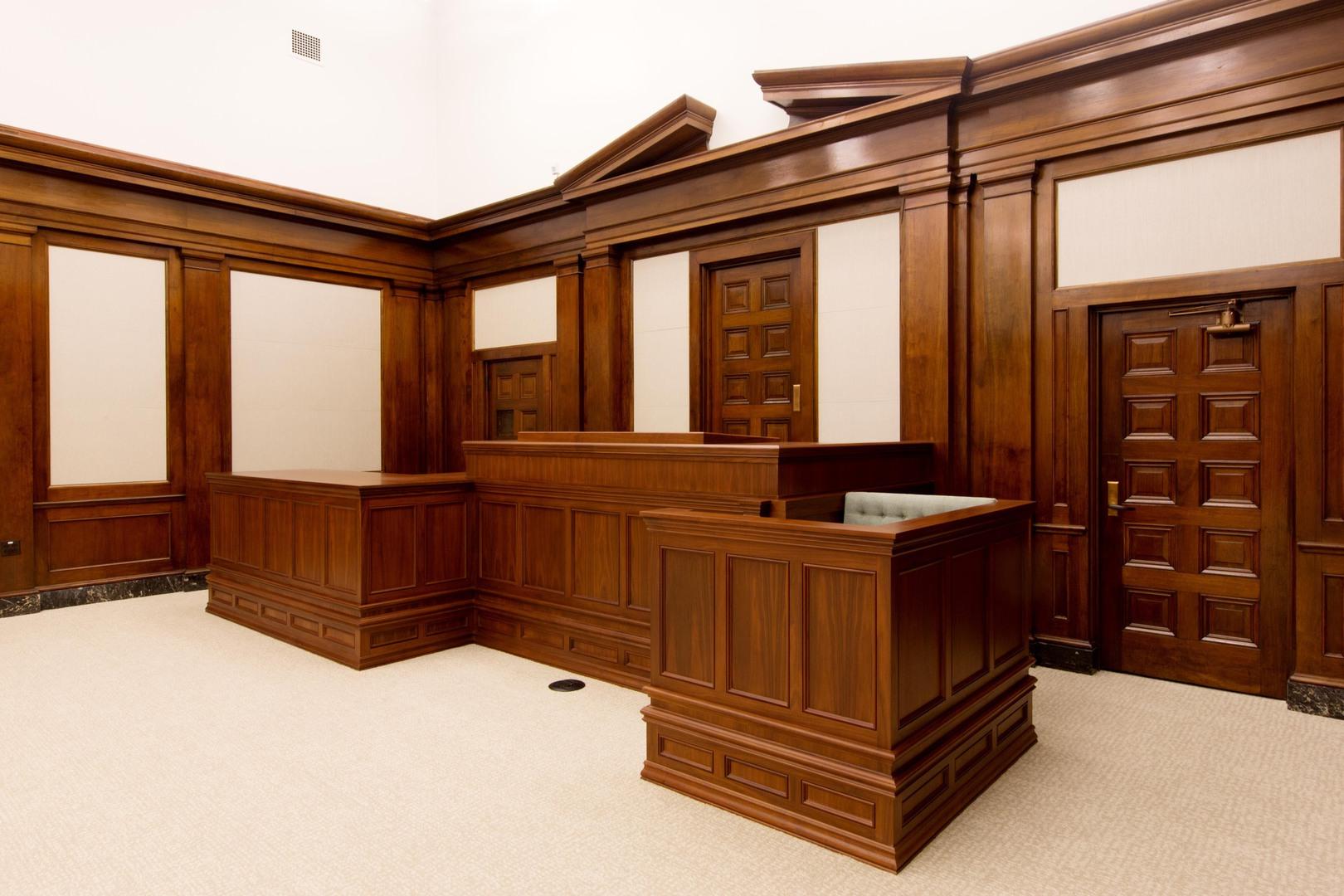
Clark provided design-build services for the $171 million Hall of Justice Repair and Reuse project, which includes the seismic upgrade, renovation, and tenant build-out of an existing 335,000 SF, 14-story building; Clark was also responsible for the construction of a nine-story, 1,000-space garage. The exterior was cleaned and restored.
Awards
2015 DBIA Western Pacific Design-Build Award (Merit, Rehabilitation/Renovation/Restoration)
2015 Los Angeles Business Journal Commercial Real Estate Award (Public)
2015 California Preservation Award (Historic Preservation/Rehabilitation)
2015 ENR Western Pacific Best Project Award (Renovation/Restoration)
2015 American Public Works Association Best Project Award
2015 CMAA Los Angeles Project of the Year Award
